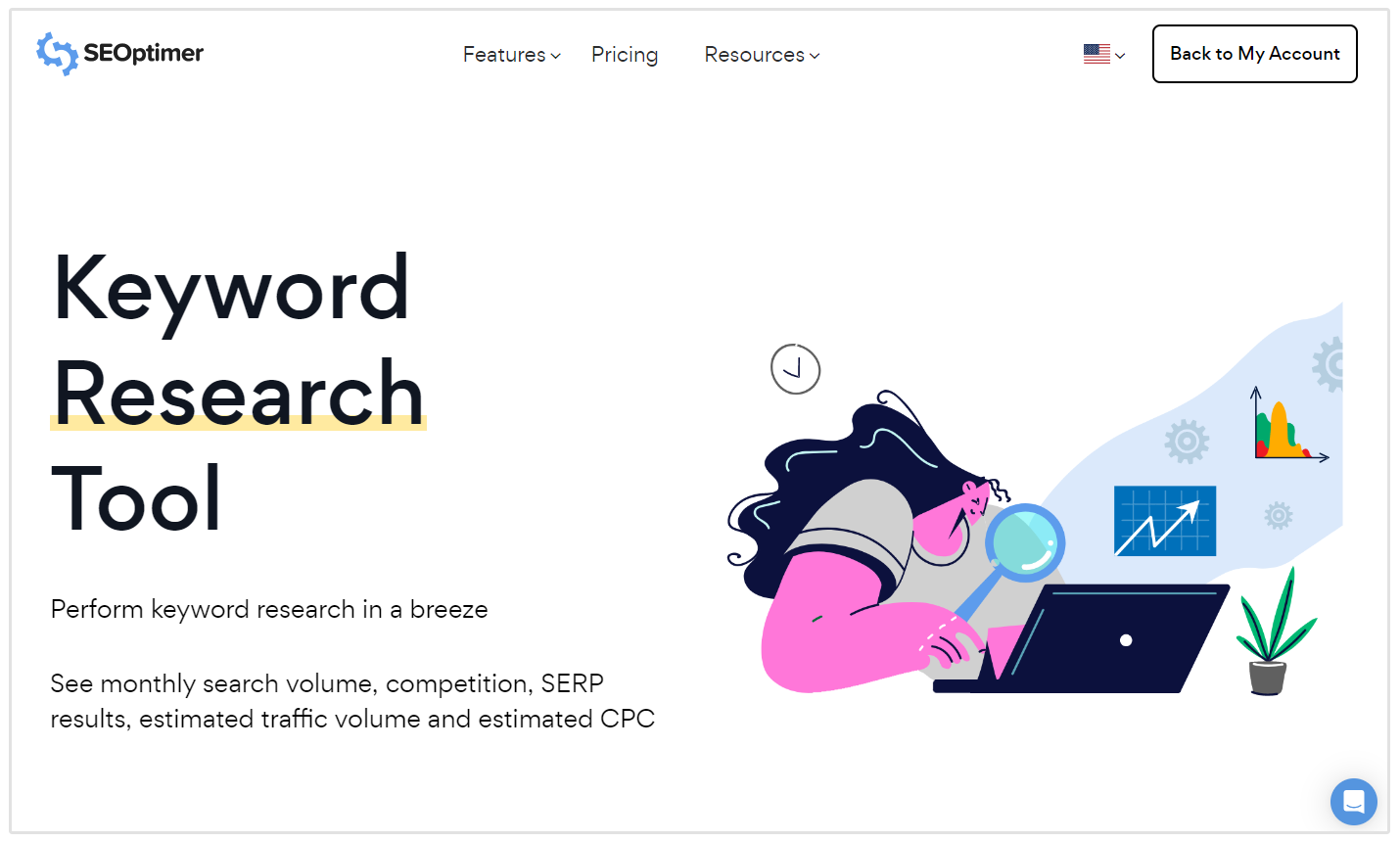A Comprehensive Guide to Secondary Dimensions in Google Analytics: Unveiling Its Role in Data Analysis
Revealing the Influence of Additional Measurement in Google Analytics on Information Evaluation and Insights
In the realm of data analytics, the use of additional measurements within Google Analytics has actually arised as a critical device for extracting deeper understandings and unraveling complicated patterns that might or else remain obscured. By peeling off back the layers of main information sets, additional measurements use a nuanced viewpoint that enhances the understanding of individual behavior, internet site efficiency, and the efficiency of marketing techniques.
Exploring the Idea of Second Measurements
Second measurements in Google Analytics supply added understandings by allowing users to examine primary information in combination with a secondary quality. By integrating secondary measurements, individuals can dig much deeper right into the information and reveal useful connections that may otherwise go unnoticed - what is a secondary dimension in google analytics.
By discovering the numerous secondary measurements readily available in Google Analytics, users can open new insights and enhance their electronic advertising initiatives. In essence, second dimensions offer as an effective tool for enhancing information analysis and driving workable results.
Enhancing Data Analysis With Secondary Dimensions
Having actually developed the fundamental understanding of second dimensions in Google Analytics and their essential duty in data evaluation, the focus currently moves towards leveraging these second attributes to boost the interpretation of analytics information (what is a secondary dimension in google analytics). By integrating secondary measurements right into data analysis, analysts can get much deeper insights into individual habits, web site performance, and marketing performance

Moreover, additional dimensions assist in contextualizing key data metrics by supplying added layers of information. This contextualization aids in understanding the 'why' behind the data patterns, aiding analysts make notified optimizations and choices to boost general performance. Eventually, including additional measurements enhances the information interpretation process, resulting in more purposeful insights and calculated actions.
Uncovering Hidden Insights Through Additional Dimensions
Discovering the depths of analytics information with second dimensions discloses important insights that would or else remain covered. By integrating additional dimensions in Google Analytics, services can discover surprise patterns, trends, and relationships that provide an even more extensive understanding of individual behavior and internet site performance. These additional layers of data allow experts to dig much deeper right into the key dimensions, such as website traffic resources or landing pages, and acquire a much more nuanced point of view on how various variables engage with each other.
Via the usage of secondary dimensions, analysts can segment and contrast data throughout numerous dimensions, enabling them to identify certain variables that affect customer engagement, conversion prices, and total success metrics. By matching the main measurement of 'tool category' with the second dimension of 'age team,' marketers can identify which age demographics choose accessing the web site via mobile tools versus desktop computers.
Leveraging Additional Dimensions for Actionable Analytics
Building upon the insights revealed with additional dimensions in Google Analytics, businesses can now harness this enriched data landscape to drive workable analytics and strategic decision-making. By leveraging additional dimensions, organizations can dig deeper right into their information to extract useful patterns, trends, and relationships that might have formerly gone unnoticed. This deeper level of evaluation enables businesses to gain an extra extensive understanding of individual habits, project performance, and general site performance.
One key benefit of using additional measurements for actionable analytics is the capacity to section information based upon certain criteria. This division allows services to tailor their methods and projects to various target market teams, causing extra targeted and efficient advertising efforts - what is a secondary dimension in google analytics. In addition, secondary measurements supply an even more all natural sight of customer communications, making it possible for companies to optimize their site material, design, and general user experience
Making The Most Of Decision-Making With Additional Dimensions
To enhance calculated decision-making in analytics, leveraging second dimensions in Google Analytics can offer an extra nuanced perspective on individual behavior and project performance. By including second measurements right into data evaluation, businesses can dive much deeper into the specifics of official website their web site site visitors' communications and engagement patterns. This added layer of information allows for an extra thorough understanding of how various variables, such as demographics, gadgets, or website traffic sources, impact key efficiency signs.

Verdict
To conclude, making use of second dimensions in Google Analytics plays a vital role in boosting data analysis and discovering surprise understandings. By discovering this idea, one can get a deeper understanding of user behavior and make educated choices based upon actionable analytics. Leveraging additional measurements enables for a much more thorough interpretation of information and makes the most of the performance of decision-making procedures.
